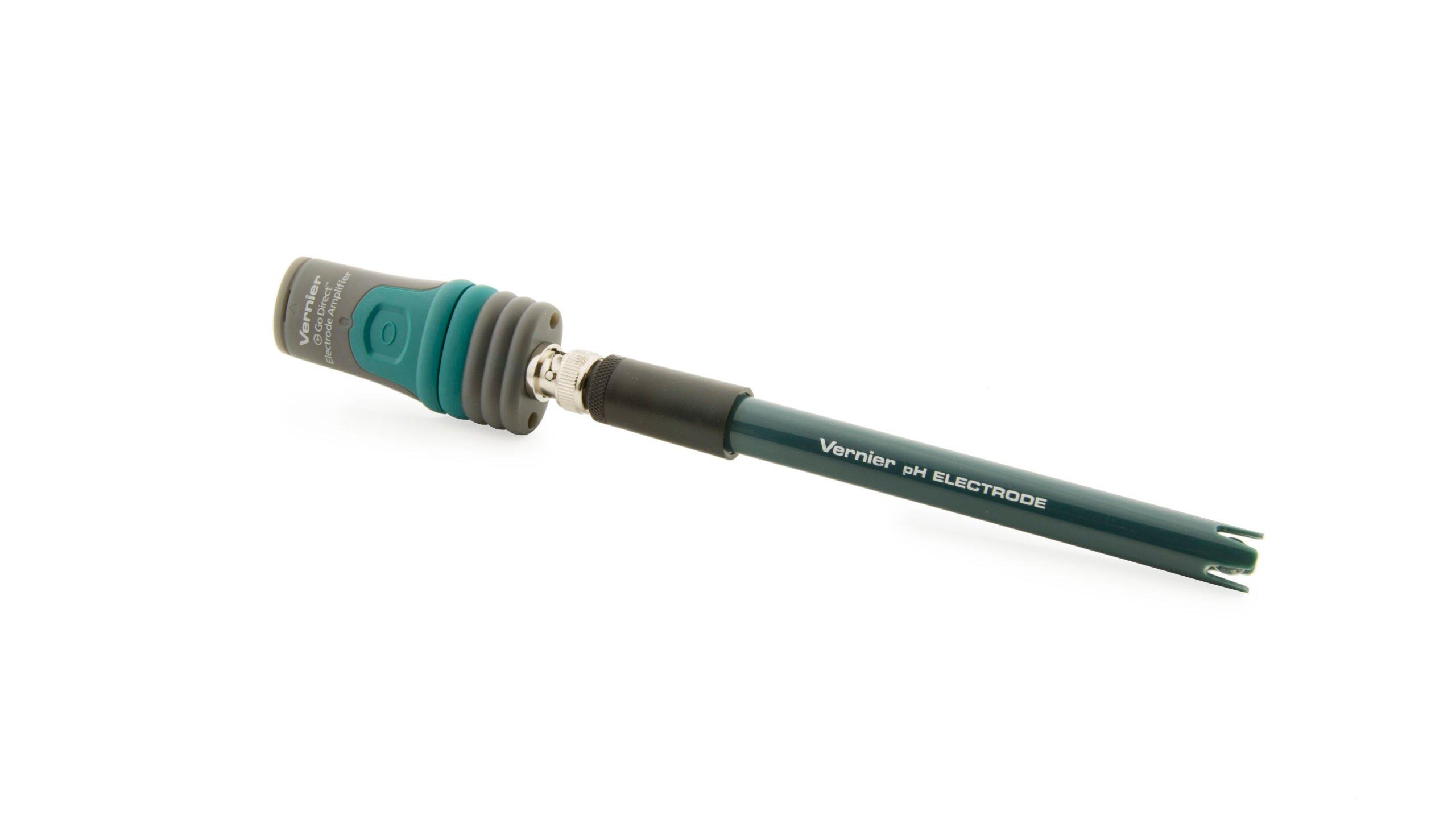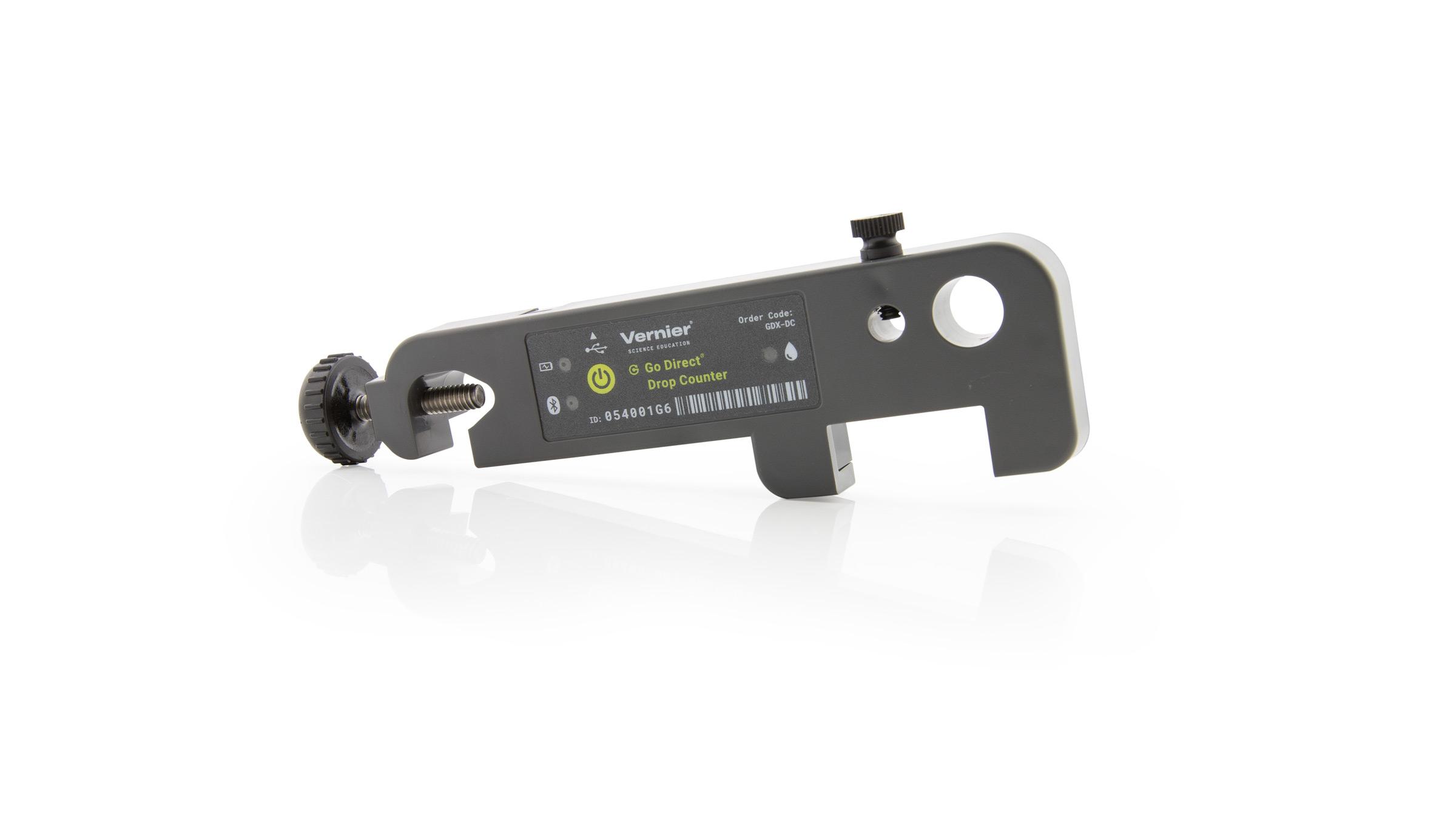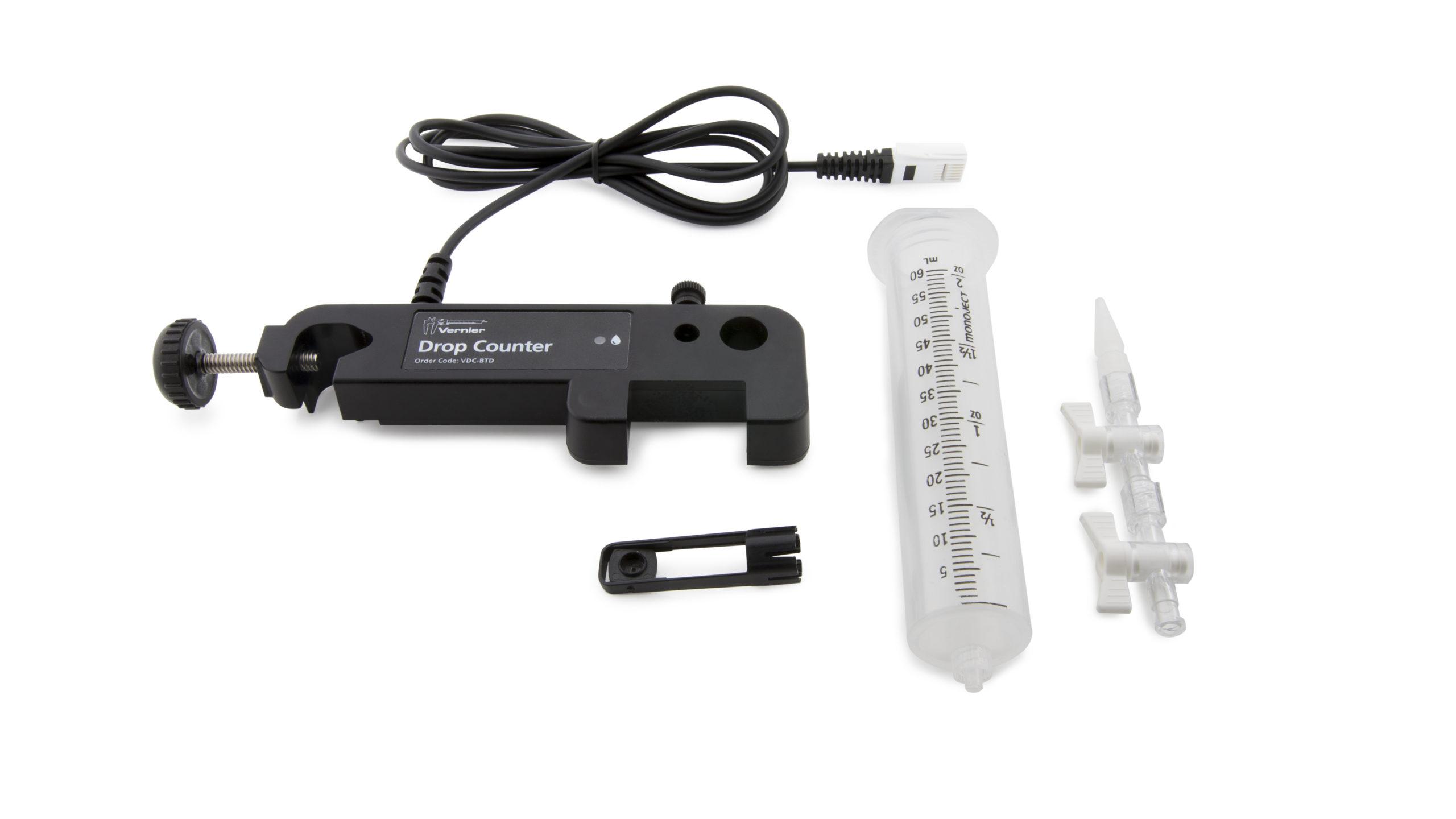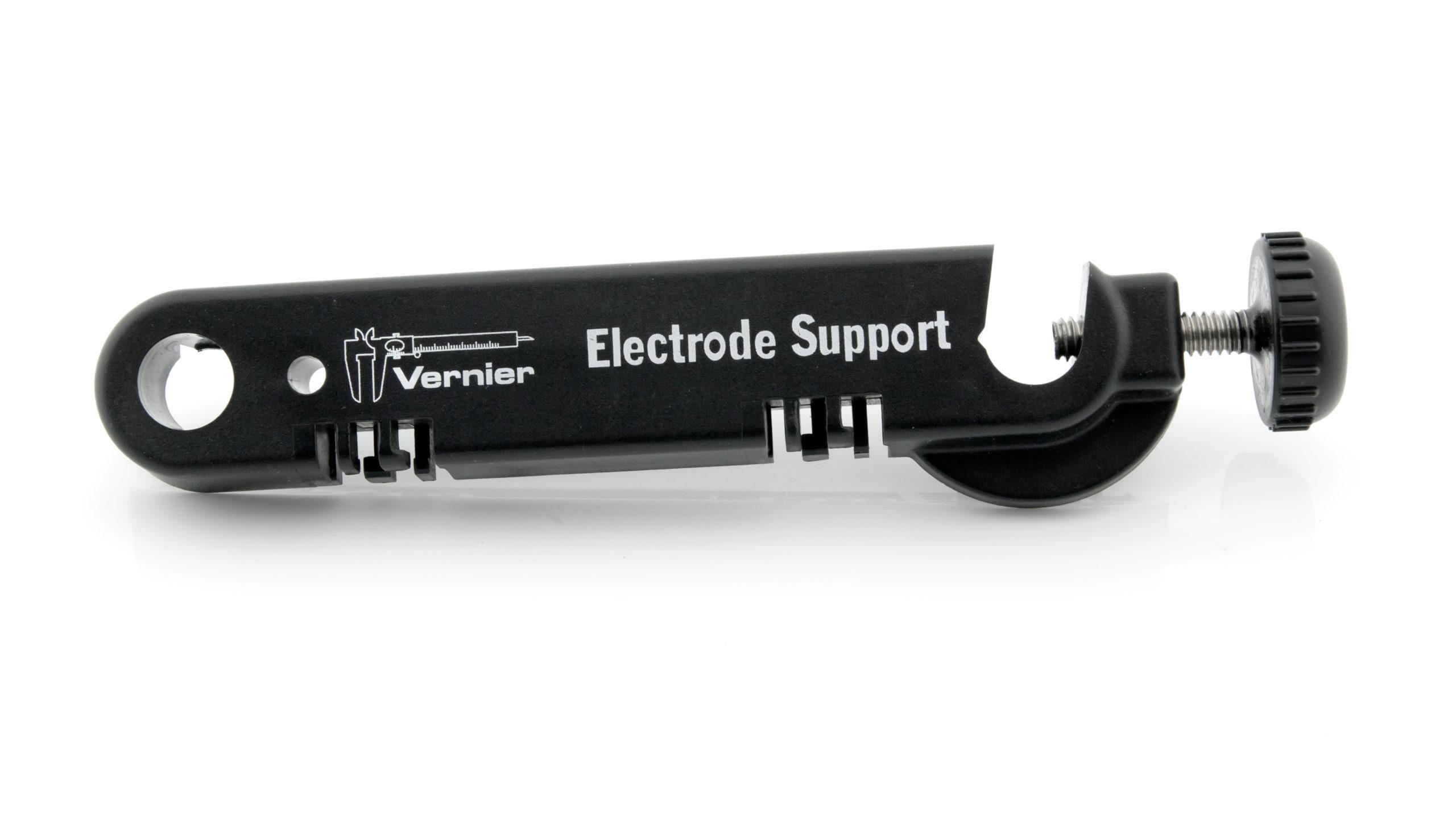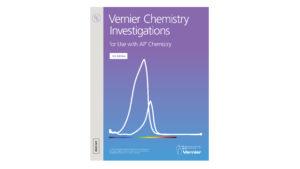Testing the Effectiveness of a Buffer
Experiment #16 from Vernier Chemistry Investigations for Use with AP* Chemistry
- Education Level
- High School
- Subject
- Chemistry
Introduction
A buffer is an aqueous mixture of a weak acid and its conjugate base, or a weak base and its conjugate acid. A buffer has a very stable pH. When small amounts of an acid or a base are added to a buffer solution, the pH of the solution changes very little. In many chemical and biochemical systems, buffers are critical. Blood plasma, a natural example in humans, is a bicarbonate buffer that keeps the pH of blood between 7.2 and 7.6.
By design, a buffer is an equilibrium system. An example is a buffer prepared with nitrous acid, HNO2. The weak acid establishes an aqueous equilibrium as shown below:
The equilibrium constant expression is
To prepare a buffer system with nitrous acid, a conjugate base, such as sodium nitrite (NaNO2), is added. The resulting system is a mixture of HNO2 and NO2– ions. The nitrous acid molecule will buffer the addition of an acid and the nitrite ion from the conjugate will buffer the addition of a base.
A variation of the equilibrium expression above, called the Henderson-Hasselbalch equation, is a very good reference in preparing a buffer solution. For a nitrous acid/sodium nitrate buffer, the Henderson-Hasselbalch equation is shown below:
The pH range in which a buffer solution is effective is generally considered to be ±1 of the pKa.
Objectives
In the Initial Investigation, you will prepare two acetic acid/sodium acetate buffer systems. After examining the factors involved in preparing these buffers and testing their effectiveness, you will design a buffer for a specified pH range as well as test its effectiveness; effectiveness will be assessed based on the amount of acid or base a buffer can absorb before the pH of the buffer solution falls outside a specified pH range.
Sensors and Equipment
This experiment features the following sensors and equipment. Additional equipment may be required.
Ready to Experiment?
Ask an Expert
Get answers to your questions about how to teach this experiment with our support team.
- Call toll-free: 888-837-6437
- Chat with Us
- Email support@vernier.com
Purchase the Lab Book
This experiment is #16 of Vernier Chemistry Investigations for Use with AP* Chemistry. The experiment in the book includes student instructions as well as instructor information for set up, helpful hints, and sample graphs and data.

